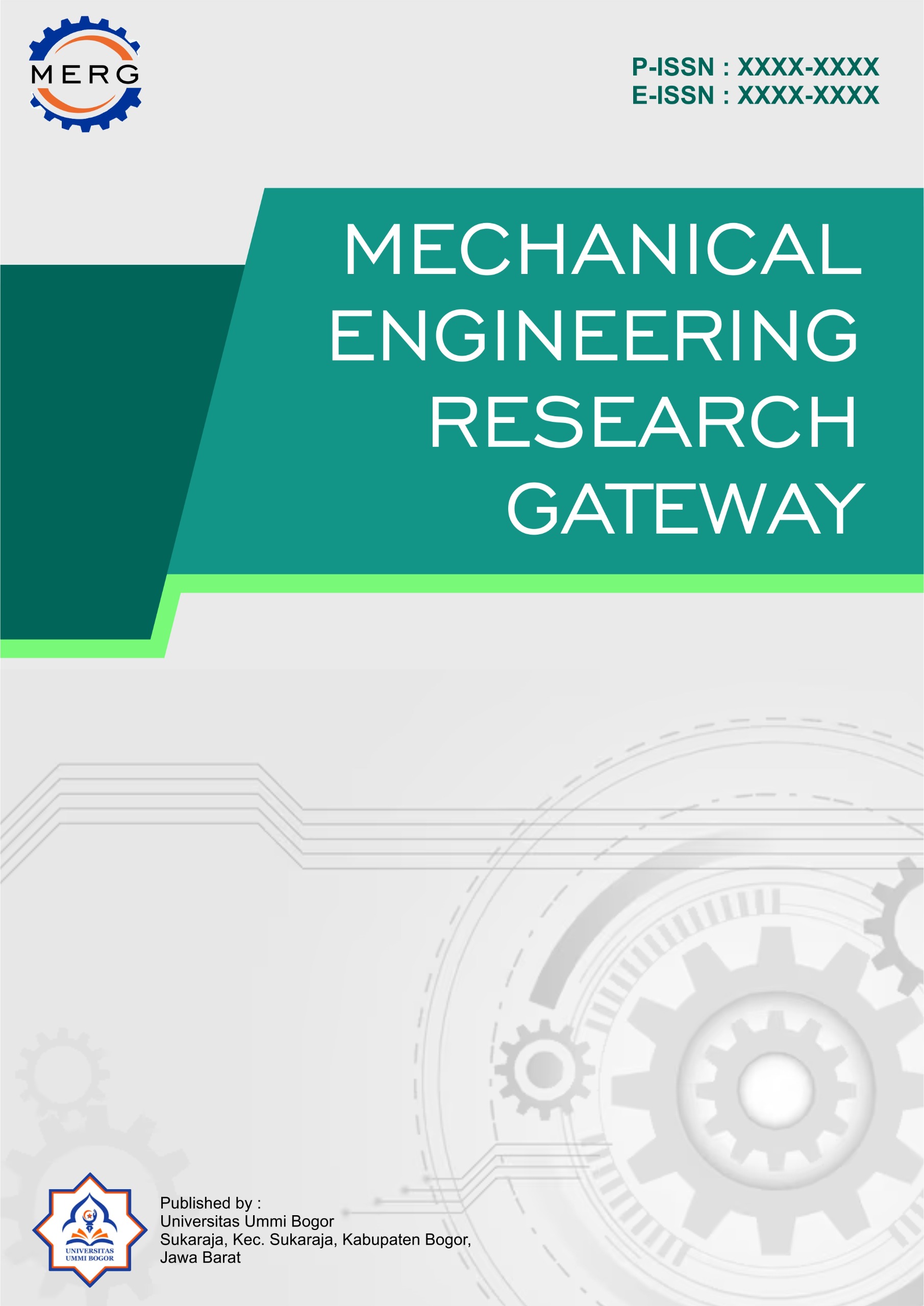Robotika dan Otomasi: Mentransformasi Sistem Kontrol untuk Industri 4.0
Keywords:
Robotics, Automation, Industry 4.0, Automated Control Systems, Production EfficiencyAbstract
The implementation of robotics and automation in Industry 4.0 has a significant impact on production efficiency and operational quality. The transformation of control systems based on automation enables faster, more consistent, and error-free production processes. Robotics technology integrated with automated control systems can increase production speed, reduce operational costs, and improve the quality of the products produced. Although the implementation of this technology requires significant initial investment, leading companies such as Toyota and General Motors have realized substantial long-term benefits in terms of cost savings and increased productivity. Automated control systems, which use hardware such as sensors and actuators connected through IoT, allow real-time monitoring and control of production, optimizing material flow, and maintaining product consistency. In addition to efficiency benefits, the challenges of implementing this technology are equally important, such as high costs and the need for workforce training. Therefore, while robotics and automation provide clear benefits, these challenges must be addressed to ensure a successful transition to Industry 4.0. This study analyzes the impact of robotics and automation on the manufacturing industry and provides recommendations for applying the technology in other sectors. The implementation of this technology can be further adapted for various sectors such as agriculture and logistics, with a more gradual approach tailored to the specific needs of each industry.
References
Bogue, R. (2018). Robots in the factory: Their role in Industry 4.0. Industrial Robot: An International Journal, 45(5), 547-554. https://doi.org/10.1108/IR-08-2018-0276
Kagermann, H. (2015). The digital enterprise: Opportunities and challenges for the German industry. Research & Innovation, 28(1), 17-22.
Lasi, H., Fettke, P., Kemper, H. G., Feld, T., & Hoffmann, M. (2014). Industry 4.0. Business & Information Systems Engineering, 6(4), 239-242. https://doi.org/10.1007/s12599-014-0334-4
Alfajri, F. (2024). Sistem kontrol otomatis: Sejarah, klasifikasi, dan penerapan. Kumparan. https://kumparan.com/fernanda-alfajri/sistem-kontrol-otomatis-sejarah-klasifikasi-dan-penerapan-23cR6VOQzGK
Bogue, R. (2018). Robots in the factory: Their role in Industry 4.0. Industrial Robot: An International Journal, 45(5), 547-554. https://doi.org/10.1108/IR-08-2018-0276
Čapek, K. (1920). R.U.R. (Rossum's Universal Robots). Aventinus.
Kurniawan, M. S. K. (2025). Implementasi sistem kendali otomatis pada industri manufaktur. Jurnal Teknoin, 8(2), 123-135. https://journal.uii.ac.id/jurnal-teknoin/article/download/35744/18628
Landau, I. D., Lozano, R., Saad, M. M., & Karimi, A. (2024). Adaptive control: Algorithms, analysis and applications. Springer.
Phintraco. (2023). Teknologi otomatisasi: Terobosan baru tingkatkan efisiensi industri. Phintraco. https://phintraco.com/teknologi-otomatisasi/
Sharkawy, A.-N. (2021). Human-robot interaction: Applications. arXiv. https://arxiv.org/abs/2102.00928
Supriandi. (2021). Desain adaptif dan fleksibel pada robotika industri: Membuka jalan untuk produksi berkelanjutan dan otomatisasi yang efisien. Jurnal Multidisiplin West Science, 2(6), 442-451. https://pdfs.semanticscholar.org/54ee/910db349f9e436d8ec82f830879f3c39d00c.pdf
Downloads
Published
Issue
Section
License
Copyright (c) 2025 Mechanical Engineering Research Gateway

This work is licensed under a Creative Commons Attribution-ShareAlike 4.0 International License.



